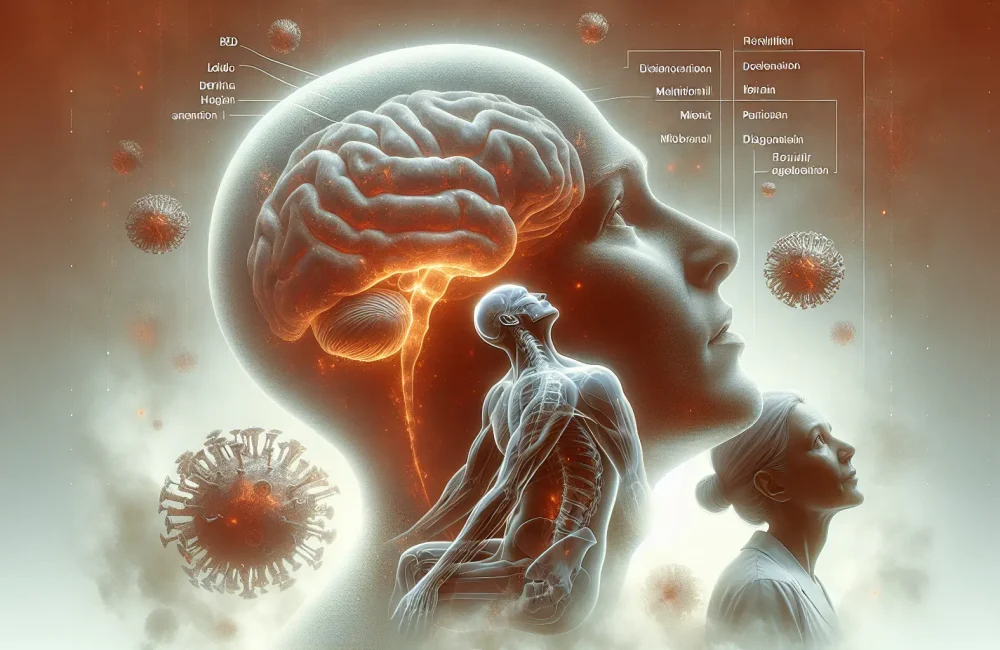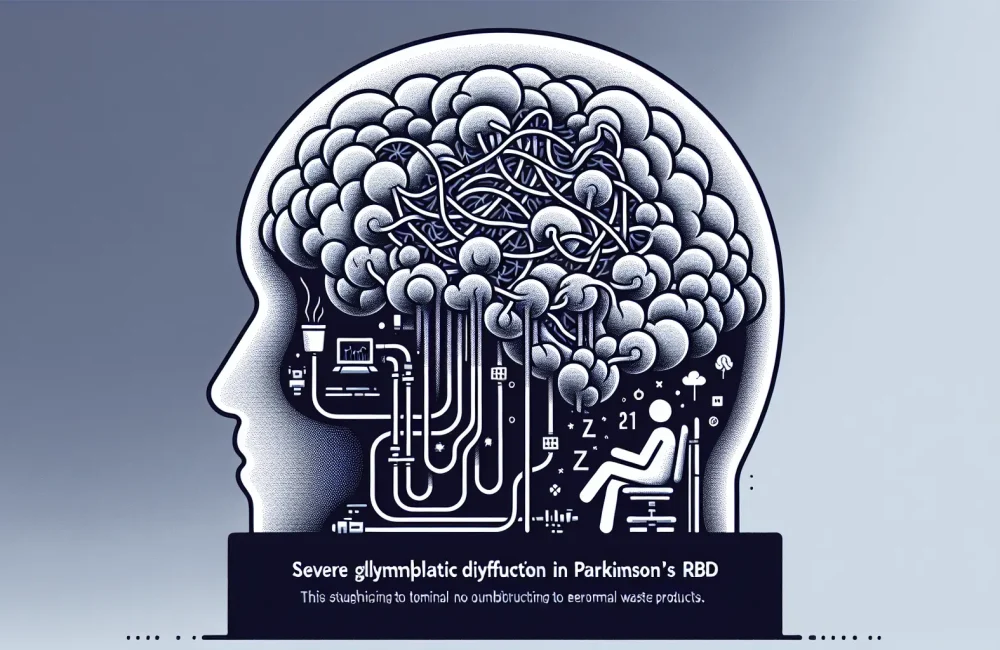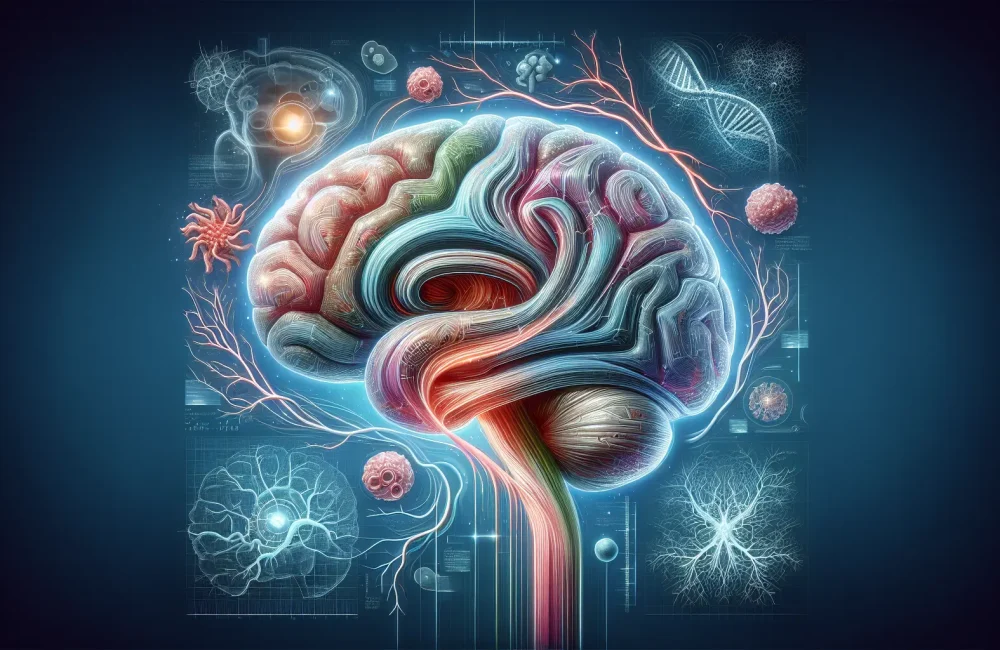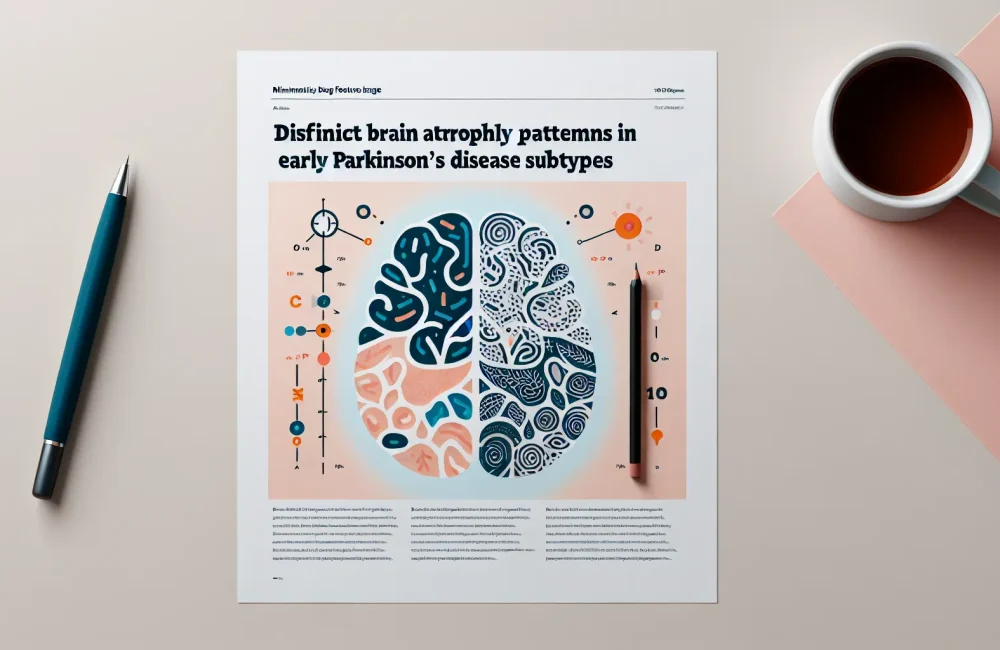By CAFMI AI From npj Parkinson’s Disease (Open Access)
Iron Dysregulation as a Marker in RBD and PD
Rapid Eye Movement Sleep Behaviour Disorder (RBD) is increasingly recognized as a key early clinical marker for Parkinson’s disease (PD). However, the specific brain changes underlying the progression from RBD to PD remain elusive. Recent research utilizing 7 Tesla Quantitative Susceptibility Mapping (QSM) MRI has revealed critical differences in iron accumulation within brain regions among patients with idiopathic RBD, those with diagnosed PD, and healthy controls. Specifically, elevated iron levels were observed in the pallidum of RBD patients and in the midbrain of PD patients. These findings implicate region-specific iron dysregulation as a contributing factor in the neurodegenerative process leading from prodromal RBD to manifest PD.
Clinical Significance of Iron Accumulation Patterns
The elevated pallidal iron content seen in RBD patients correlated notably with both motor and non-motor symptom severity, underscoring its clinical relevance. This suggests that iron accumulation in the pallidum might reflect early neurodegenerative changes before full PD onset. In contrast, the midbrain iron increase in PD patients aligns with the known progressive degeneration of dopaminergic neurons in this region, critical for motor control. These distinct iron patterns offer insight into the pathophysiology of PD and provide potential avenues for early diagnosis and intervention. For clinicians, this means that monitoring iron levels through advanced imaging techniques like QSM MRI could become an important tool in identifying patients at higher risk for developing PD and tailoring timely therapeutic strategies.
Implications for Future Practice and Research
The implications of these findings extend beyond diagnostics to influence patient management and research directions. The ability to detect iron dysregulation early in RBD patients offers a promising biomarker to monitor disease progression and possibly evaluate the effectiveness of neuroprotective treatments. Clinicians should consider incorporating advanced neuroimaging in their evaluation of patients presenting with RBD symptoms, especially those with additional risk factors for PD. Moreover, understanding iron metabolism’s role in PD pathogenesis may open new therapeutic targets aimed at modulating brain iron levels. While these results are promising, further longitudinal studies are necessary to validate QSM-measured iron changes as a reliable biomarker and to explore how this knowledge might optimize follow-up strategies and improve outcomes for patients at prodromal and early stages of PD.
Read The Original Publication Here






